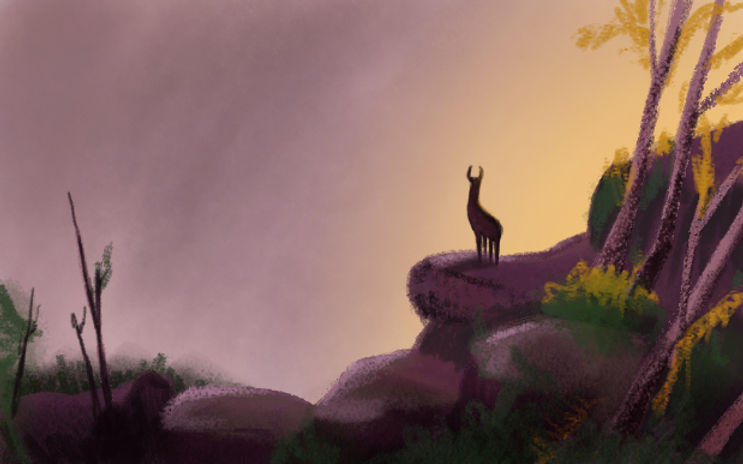
FOONG MEI
Intellectual Property
Intellectual property, very broadly, means the legal rights which result from intellectual activity in the industrial, scientific, literary and artistic fields.
Copyright law is a branch of that part of the law which deals with the rights of intellectual creators. Copyright law deals with particular forms of creativity, concerned primarily with mass communication. It is concerned also with virtually all forms and methods of public communication, not only printed publications but also such matters as sound and television broadcasting, films for public exhibition in cinemas and even computerized systems for the storage and retrieval of
information.
Subject Matter of Copyright Protection
The subject-matter of copyright protection includes every production in the literary, scientific and artistic domain, whatever the mode or form of expression. For a work to enjoy copyright protection, however, it must be an original creation. The ideas in the work do not need to be new
but the form, be it literary or artistic, in which they are expressed must be an original creation of the author.
Copyright protects
-
literary works - novels, manuals, computer programs, song lyrics, newspaper articles and databases
-
dramatic works - dance choreography or plays
-
musical works - composed music arrangement/sheet
-
artistic works - sculptures
-
photography works
-
motion pictures
-
computer program
-
map and technical drawing
-
broadcast of works
The owner of copyright in a protected work may use the work as he wishes, but not without regard to the legally recognized rights and interests of others
Right of Reproduction and Related Rights
-
Performing Rights
-
Recording Rights
-
Motion Picture Rights
-
Broadcasting Rights
-
Translation and Adaptation Rights
-
Moral Rights
The owner of copyright in a work is generally, at least in the first instance, the person who created the work, that is to say, the author of the work.
Patent
a document, issued, upon application, by a government office (or a regional office acting for several countries), which describes an invention and creates a legal situation in which the patented invention can normally only be exploited (manufactured, used, sold, imported) with the authorization of the owner of the patent.
Conditions of Patentability
An invention must meet several criteria if it is to be eligible for patent protection
-
Patentable Subject Matter
-
Novelty
-
Inventive Step (Non-Obviousness)
-
Disclosure of the Invention
Examination of a Patent Application
-
Examination as to Form, The Filing Date and Priority Date
-
It is now useful to follow the progress of an application through the Patent Office.
There are three main areas of activity worthy of some comment, namely:
1.examination as to form
2.search; and
3.examination as to substance.
Infringement
Generally speaking, a patentee acquires the right, enforceable at law, to decide who shall and who shall not exploit his patented invention. The patent owner’s legal rights over his invention are usually limited in a number of quite different ways.
Types of Infringement
-
Third party
-
Delibrate
-
Accidental
-
Elements in Establishment of Infringement
-
Prohibited Actsetic.
Trademarks
A trademark is any sign that individualizes the goods of a given enterprise and distinguishes them from the goods of its competitors.
Service Marks
In modern trade consumers are confronted not only with a vast choice of goods of all kinds,but also with an increasing variety of services which tend more and more to be offered on a national and even international scale.
Signs which May Serve as Trademarks
-
words
-
letters and numerals
-
devices
-
coloured marked
-
three dimension sign
-
audible sign
-
oldfactory marks
Change of ownership
-
Voluntary Change of Ownership: Agreement
-
Recordal of Change of Ownership
-
Formalities
Intellectual Property in VFX Industry?
Sadly in the VFX in Film Industry, the intellectual property does not belong to the company nor the artist. VFX Industry does not own the technologies, the softwares, nor the intellectual property.
However the bright side of VFX Industry are more system, softwares, and technologies will be created. They can either be Trade Mark, registered or patented.
For example
AssistedBreakout™ by Prime Focus
MODO® by The Foundry
Bibliography
https://www.thefoundry.co.uk/products/modo/
http://www.primefocusworld.com/assisted-breakout